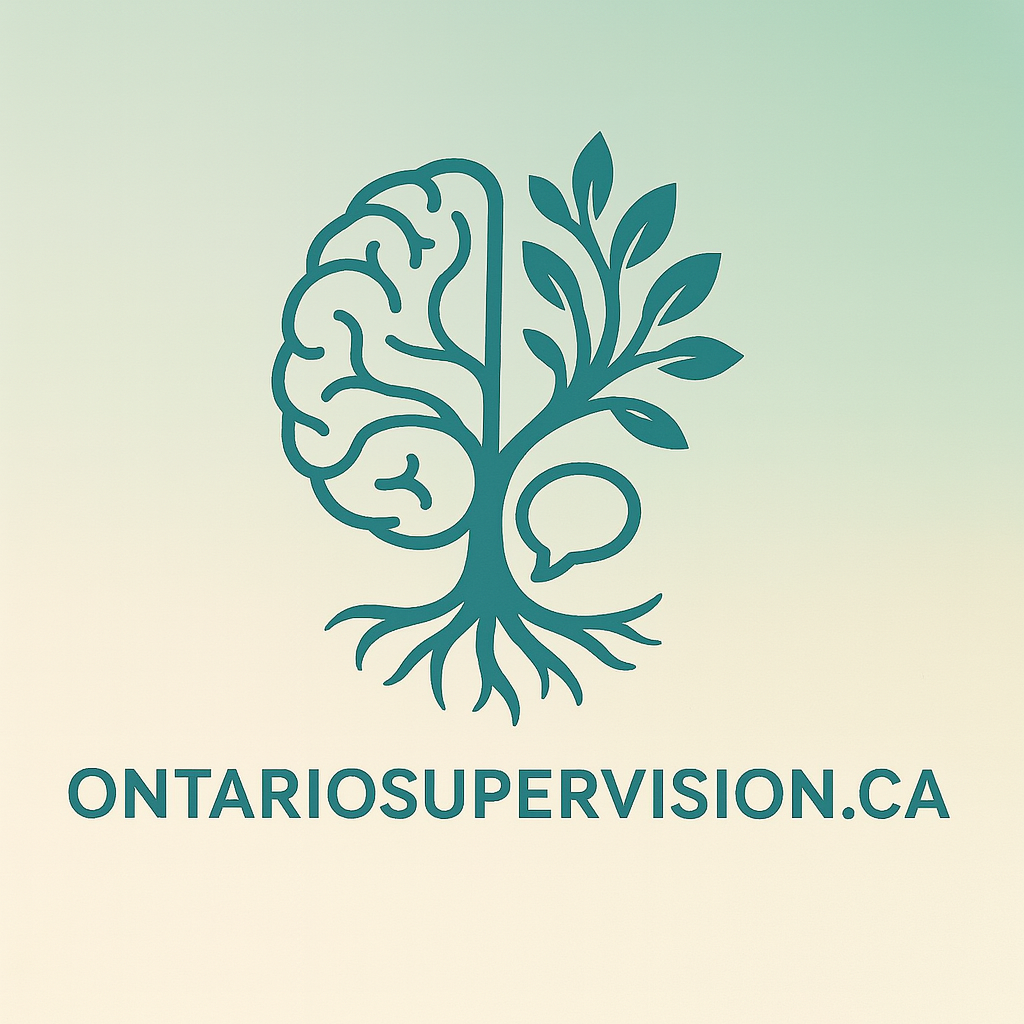2022’s Most Popular Modalities Found in Clinical Supervision
As clinical supervisors, we get the chance to work with Registered Psychotherapists across Ontario and get a birds eye view into the thinking behind the techniques. Although every therapist will have their own processes and modalities they draw upon, there certainly appear to be some favourites this year.
This is a very non-scientific process, we assure you, and these are in no particular order. But who doesn’t like a good list blog at the end of the year? So here’s what we’ve noticed are the most commonly used therapies of 2022:
Internal Family Systems (IFS): This modality was developed by Richard Schwartz in the 1980s and focuses on the concept of "parts" within the self. It is based on the idea that each person has multiple parts or sub-personalities, each with their own unique characteristics and experiences. IFS therapists work with clients to identify and understand these parts, and help them find more balance and harmony within themselves.
Dialectical Behaviour Therapy (DBT): DBT was developed by Marsha Linehan in the 1990s and is a form of cognitive-behavioural therapy (CBT). It is particularly useful for individuals with borderline personality disorder and other mental health conditions that involve extreme emotions and difficulty regulating those emotions. DBT focuses on building skills in mindfulness, emotion regulation, distress tolerance, and interpersonal effectiveness.
Emotion-Focused Therapy (EFT): EFT is a modality that was developed by Susan Johnson and Leslie Greenberg in the 1980s. It is based on the idea that emotions play a crucial role in how we experience and relate to the world around us. EFT therapists work with clients to help them identify and understand their emotions, and to learn how to express and manage them in a healthy way.
Solution-Focused Therapy (SFT): SFT is a brief, goal-oriented modality that was developed by Steve de Shazer and Insoo Kim Berg in the 1980s. It is based on the idea that clients are the experts on their own lives and have the ability to find solutions to their problems. SFT therapists work with clients to identify their strengths and resources, and to set small, achievable goals that will help them move forward.
Eye Movement Desensitization and Reprocessing (EMDR): EMDR was developed by Francine Shapiro in the 1980s and is a form of trauma-focused therapy. It is based on the idea that certain types of traumatic memories are stored in a way that makes it difficult for the brain to process them properly. EMDR therapists use a series of eye movements (or other forms of bilateral stimulation) to help the brain process these memories and reduce the intensity of the associated emotions.
Cognitive-Behavioural Therapy (CBT): CBT is a form of therapy that was developed by Aaron Beck in the 1960s and is based on the idea that our thoughts, feelings, and behaviors are all interconnected. CBT therapists work with clients to identify and challenge negative or distorted thinking patterns, and to learn new coping skills and behaviors. CBT is commonly used to treat a wide range of mental health conditions, including depression, anxiety, and substance abuse.
Acceptance and Commitment Therapy (ACT): ACT is a form of cognitive-behavioral therapy that was developed by Steven C. Hayes in the 1980s. It is based on the idea that our thoughts and feelings do not have inherent power over us, and that we can choose to act in line with our values and goals even in the presence of difficult emotions or thoughts. ACT therapists work with clients to develop psychological flexibility, which involves the ability to be present in the moment, to accept and observe thoughts and feelings without judgment, and to take action that is consistent with their values. ACT has been found to be effective in the treatment of a variety of mental health conditions, including anxiety, depression, and substance abuse.
No matter which approach you use, remember that we need to consistently work to build a trusting relationship with our clients. Rapport matters, no matter the modality. It’s easy to get lost in all the acronyms, but always remember that at the end of the day, therapy is just two people talking. Be present, above all else.
